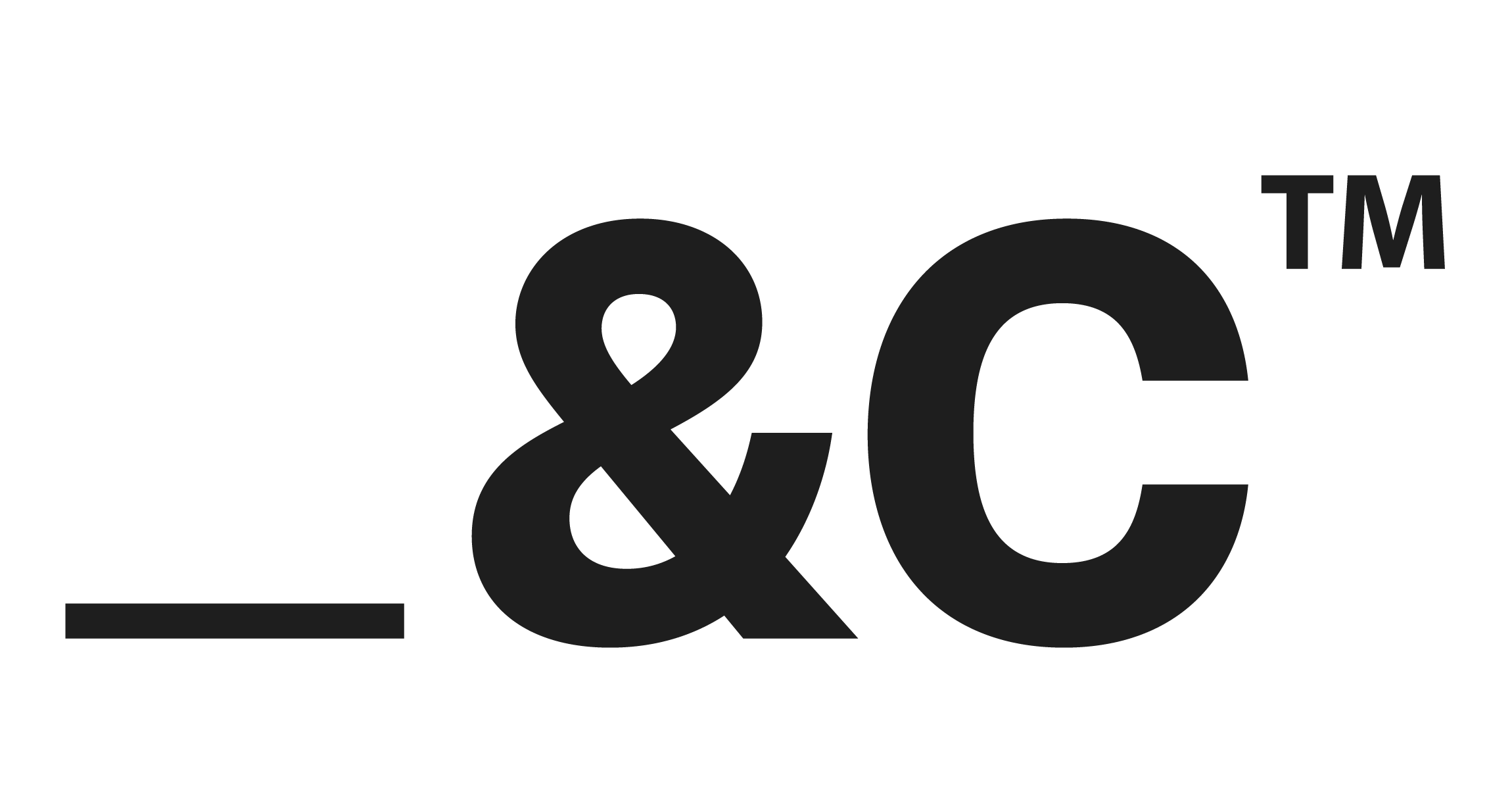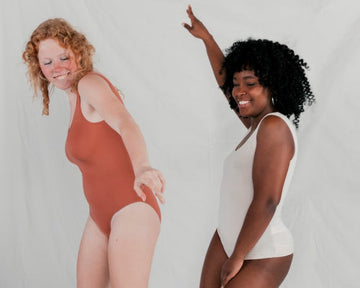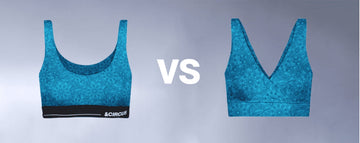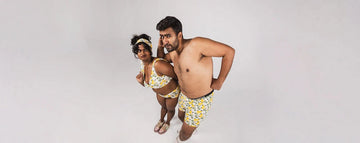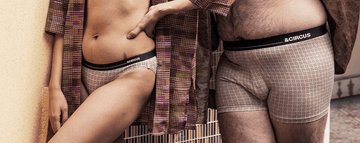Quick Listen:
Imagine stepping into a department store, scanning racks of lingerie, and feeling like nothing was made for you. The sizes miss the mark, the designs pinch, and the experience feels like a personal critique. For too long, this was the norm, with the lingerie industry fixated on a singular, exclusionary ideal of beauty. But a seismic shift is underway. The body positivity movement, rooted in the activism of the 1960s and amplified by today's digital platforms, is rewriting the rules of intimate apparel. Brands are responding, and the results are reshaping how we think about innerwear.
A New Era of Innerwear Design
At its core, body positivity is a movement that champions self-acceptance and challenges society's fixation on superficial standards. It rejects the notion that beauty is confined to one body type, advocating for the celebration of diversity in size, shape, gender, and ability. In the innerwear industry, this ethos is driving a profound transformation. Brands are broadening their size offerings, from petite to plus-size, to ensure every body is represented. A Polaris Market Research report projects the intimate lingerie market will grow to $31.55 billion by 2032, propelled by consumer demand for products that enhance confidence and reflect individuality.
Comfort has taken center stage. According to Global Growth Insights, 65% of consumers prioritize comfort, favoring seamless bras, breathable microfiber, and wireless support systems. Innovations like memory foam padding and eco-friendly fabrics are redefining expectations, making lingerie feel effortless rather than constrictive. Direct-to-consumer models, boosted by social media (which drives 40% of sales), have made the industry more accessible. Innerwear is no longer just for special occasions; it's a form of empowerment, with 70% of women influenced by authentic, diverse digital campaigns.
Sustainability is another pillar of this revolution. Brands are embracing organic cotton, bamboo, and recycled fibers, responding to a 35% surge in demand for eco-conscious collections. As noted in a Future Market Insights report, seamless designs and versatile, multifunctional pieces are now standard, prioritizing practicality and longevity over transient trends. This shift reflects a broader consumer desire for innerwear that aligns with ethical values without compromising on style.
Brands Setting the Standard
Tailor and Circus exemplifies this new wave. Their size-inclusive, sustainable innerwear from soft briefs to bras that truly fit embodies body positivity's core values. Every piece feels like an affirmation of individuality. They're joined by industry leaders like Savage X Fenty, Aerie, and Knix, who are redefining lingerie through inclusive marketing. Savage X Fenty's bold, diverse runway shows celebrate every body, while Aerie's #AerieREAL campaign, featuring unretouched models, resonates with consumers weary of idealized imagery. Knix prioritizes function with leak-proof underwear and wireless bras, proving practicality can be empowering.
These brands don't just design they listen. By leveraging social media feedback, they refine their products to better serve diverse needs. The numbers tell the story: the online lingerie market, valued at $89 billion in 2025 and expected to reach $252.2 billion by 2033 with a 13.9% growth rate, thrives on inclusivity. With 40% of new launches focusing on diverse sizing and 60% of purchases made via mobile, brands are meeting consumers on their terms. AI-powered virtual fittings, favored by 50% of shoppers, are eliminating the guesswork of online shopping.
Navigating the Challenges
This transformation isn't without hurdles. Creating size-inclusive innerwear is a complex feat. Designing a bra that fits both a 32A and a 44DD demands meticulous engineering, and errors can result in products that fail to deliver. Sustainability also poses challenges. Eco-friendly materials like recycled polyester or organic cotton often carry higher costs, which can inflate prices and alienate budget-conscious consumers. Brands must balance ethical commitments with affordability, a delicate act in a competitive market.
Perception is another obstacle. Despite progress, some consumers still associate body-positive designs with a lack of sophistication or luxury. The lingerie industry, historically tied to glamour, must work to dispel these biases. As highlighted in a London Post piece, decades of catering to a narrow ideal have left lingering stereotypes that require time and effort to overcome.
The Rewards of Inclusivity
The case for inclusivity is compelling. By embracing all body types, brands unlock access to untapped markets millennials, plus-size consumers, and eco-aware Gen Z. The intimate lingerie market, projected to hit $35.2 billion by 2034 with a 9.2% growth rate, reflects this demand, fueled by women's increasing financial independence and body-positive awareness, especially in developing nations.
Inclusivity fosters loyalty. When a brand delivers a bra that fits perfectly or a campaign that mirrors your reality, it builds trust. Loyal customers become advocates, amplifying brands through social media and word-of-mouth. Body-positive companies also benefit from enhanced reputations, earning media praise and stronger market positions. Grand View Research forecasts the global innerwear market will reach $310 billion by 2030, driven by demand for self-expression through bold colors, unique patterns, and innovative designs.
Technology is a key enabler. Tools like 3D body scanning and virtual fitting rooms are improving fit precision, while advanced textiles stretchy, breathable, sustainable make inclusivity more attainable. These aren't just trends; they're reshaping the industry's foundation, ensuring innerwear meets the needs of every body.
Looking Ahead: The Future of Innerwear
What lies on the horizon? Industry experts see a future where innerwear is deeply personal. AI-driven sizing tools and made-to-measure designs will streamline the shopping experience. Sustainability will evolve, with brands exploring biodegradable materials and closed-loop production systems. Marketing will grow even more authentic, showcasing unfiltered, diverse representations of beauty that reflect the world's richness.
For brands, the roadmap is clear: prioritize customer input, invest in inclusive and sustainable design, and embrace bold, genuine storytelling. The body positivity movement is not a passing fad it's a transformative force, and it's redefining innerwear for the better.
As you slip into a well-fitting bra or relax in eco-friendly underwear, reflect on this: today's innerwear is more than clothing. It's a declaration of self-worth, a celebration of your unique body. That's a revolution worth embracing, one comfortable, confident moment at a time.
Disclaimer: The above helpful resources content contains personal opinions and experiences. The information provided is for general knowledge and does not constitute professional advice.
You may also be interested in: Exploring the Role of Underwear in Men's Confidence and Self
Uncomfortable underwear shouldn't steal your confidence. At Andcircus, we craft ultra-soft, sustainable Lenzing Modal Micro innerwear for every body, XS to 5XL. From briefs to bras, our custom packs fit you perfectly. Shop risk-free with our 100% satisfaction guarantee and embrace comfort that includes everyone. #LoveEveryBody. Shop Now!


